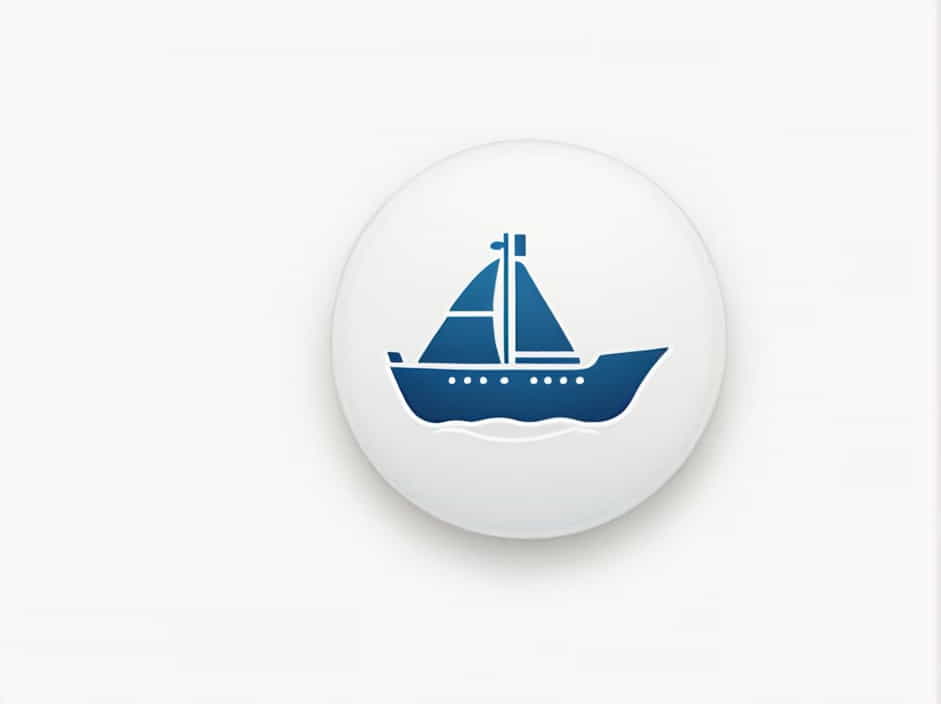Running aground is one of the most common boating mishaps. It happens when a boat hits the seabed, sandbar, or underwater obstacle, potentially damaging the hull and engine. While running aground is not always dangerous, it can ruin your trip and lead to costly repairs.
To avoid running aground, boaters must use navigational tools, understand water depth, follow charts, and be aware of changing tides. This guide will cover the best ways to prevent grounding and what to do if your boat gets stuck.
1. Understand Nautical Charts and Water Depth
Use Updated Nautical Charts
Nautical charts provide detailed information about water depth, underwater hazards, channels, and sandbars. Always carry updated charts, whether in paper form or electronic GPS versions.
Know the Draft of Your Boat
The draft is the depth of water required for your boat to float. If the water is shallower than your boat’s draft, you risk grounding.
-
Shallow-draft boats (less than 3 feet) can navigate closer to shore.
-
Deep-draft boats (3 feet or more) need deeper waters to stay safe.
Check the tide tables to ensure enough water depth for your boat’s draft.
Stay in Marked Channels
Most waterways have buoys and markers that indicate safe passages:
-
Red buoys (even numbers) should be on your starboard (right) side when entering a harbor.
-
Green buoys (odd numbers) should be on your port (left) side when returning to sea.
Straying from marked channels increases the risk of hitting sandbars or shallow areas.
2. Monitor Tides and Water Conditions
Check Tide Tables
Water levels rise and fall due to tides. Boaters should check tide charts before sailing, especially in coastal areas and rivers.
-
High tide offers deeper water and more clearance.
-
Low tide exposes sandbars and shallow areas, increasing the risk of grounding.
Be Aware of Changing Depths
Even in deep water, shifting sandbars, coral reefs, or submerged rocks can pose a threat. Regularly monitor your depth sounder to avoid unexpected shallow zones.
3. Use Technology for Safe Navigation
GPS and Depth Finders
Modern boats come equipped with GPS chart plotters and depth finders that provide real-time data on water depth and underwater obstacles.
-
A GPS chart plotter helps track your position and planned route.
-
A depth sounder or fishfinder alerts you to shallowing water before it becomes a problem.
Radar for Low-Visibility Conditions
If you boat in fog, rain, or at night, radar systems can help detect obstacles and shorelines. This reduces the chance of running aground in unfamiliar waters.
4. Reduce Speed in Shallow Areas
If you suspect shallow waters ahead, slow down immediately. Moving at high speeds in unknown waters increases the risk of sudden impact if the depth drops unexpectedly.
-
Keep your boat at idle speed when navigating unfamiliar areas.
-
Use a lookout to watch for color changes in water, which may indicate shallows or sandbars.
-
If in doubt, stop and check depth with a pole or paddle before proceeding.
5. Learn to Read Water Conditions
Recognize Water Color Changes
The color of the water can indicate depth:
-
Dark blue or green – deeper water, safe for navigation.
-
Light green or brown – shallow water, caution required.
-
Breaking waves – indicate underwater obstacles or sandbars.
Watch for Ripple Patterns
If the water surface shows strange ripples or choppy waves, it may indicate a hidden underwater hazard.
6. Follow Local Boating Rules and Advice
Talk to Local Boaters and Marina Staff
Local boaters and marina operators have firsthand knowledge of hidden sandbars, shifting shoals, and seasonal water level changes. Ask them about:
-
Areas to avoid.
-
Best routes for safe passage.
-
How local tides affect navigation.
Obey Navigation Markers and Signs
Pay attention to “Shallow Water” or “No Wake” signs. These areas are known for low water levels or fragile marine ecosystems.
7. What to Do If You Run Aground
Even with precautions, running aground can still happen. Stay calm and follow these steps:
1. Stop the Engine Immediately
If you feel the boat hit the bottom, stop the engine to prevent damage to the propeller or hull.
2. Check for Damage
Inspect for leaks, cracks, or damage to the hull. If water is entering, use bilge pumps or emergency patches to prevent sinking.
3. Determine If You’re Stuck
Try to gently push off using a paddle or boat hook. If the boat moves easily, back away slowly.
4. Shift Weight to Free the Boat
If you’re stuck, move passengers and gear to the opposite side to reduce draft and float off the obstruction.
5. Use Reverse and Gentle Power
If shifting weight doesn’t work:
-
Trim the motor up slightly to raise the propeller.
-
Apply gentle reverse throttle to back away slowly.
-
Avoid full power, as it may dig the boat in deeper.
6. Call for Assistance If Needed
If unable to free the boat, use a VHF radio or phone to call for towing assistance.
Avoiding running aground requires a mix of navigation skills, technology, and awareness of changing water conditions. By using updated charts, depth finders, and local knowledge, boaters can reduce the risk of getting stuck in shallow waters.
Always plan ahead, watch for depth changes, and slow down in unknown waters. If you do run aground, act quickly and carefully to free your boat without causing damage.
By following these best practices, you can ensure a smooth, safe, and enjoyable boating experience without the stress of grounding.
